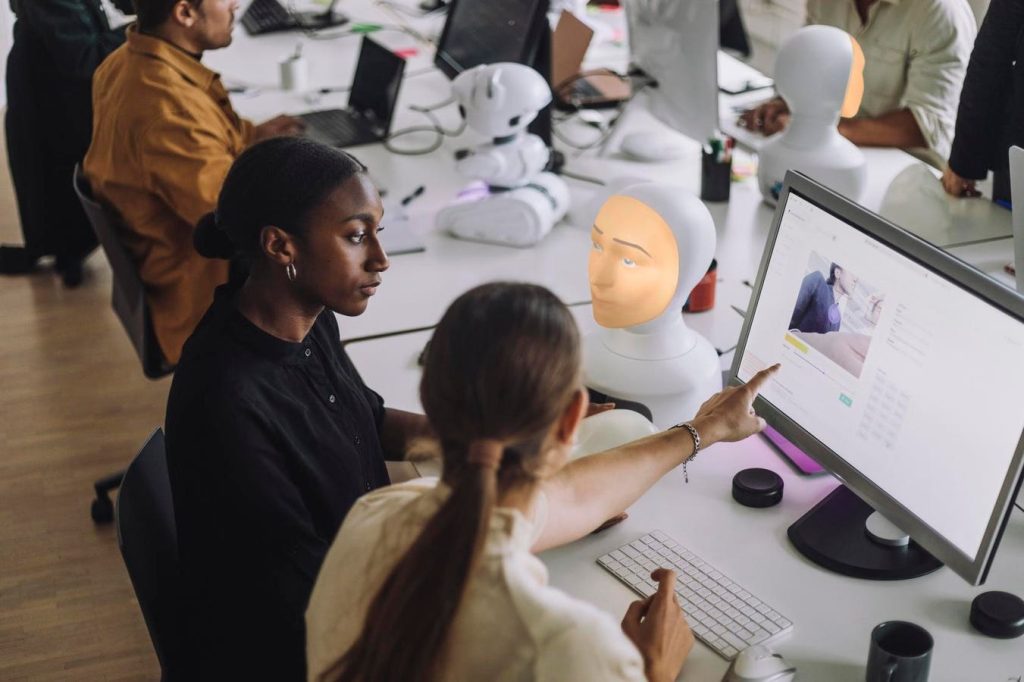Andrei Neacsu, a co-founder and managing partner at HyperSense, discusses the challenges of securing investment for startups in a declining global funding environment. While overall investment has been on the decline since 2021, early-stage startups in sectors such as AI and healthcare continue to attract significant investments. This indicates that investors are still open to innovative ideas, but are becoming increasingly selective in their choices.
Investors are constantly bombarded with ideas, buzzwords, and promises, with a vast number of startups seeking funding each year. To stand out in a crowded marketplace, Neacsu recommends showcasing tangible value to investors through prototyping. Prototyping allows for the creation of a preliminary model of a concept to test design, functionality, and feasibility, helping to identify potential problems and make informed decisions early on. This approach signals a commitment to execution, resourcefulness, and dedication to investors.
Prototyping offers a cost-effective way to validate the core potential of a concept without the need to develop a fully-fledged product. Neacsu highlights examples of successful startups, such as Pebble and Oculus Rift, whose simple prototypes were enough to secure investment and launch their products. Prototyping demonstrates responsible spending and a desire to validate market fit before significant investment, which savvy investors appreciate.
A well-executed prototype can provide a tangible experience and create an emotional response that spreadsheets or presentations cannot achieve. Neacsu emphasizes the importance of failing fast and learning faster, citing Instagram’s early pivot from a check-in app to a photo-sharing platform based on initial prototypes and user feedback. Prototyping allows for the identification of flaws early in the process, leading to stronger solutions and inspiring investor confidence in a startup’s resilience.
Prototyping can also serve as proof of a startup’s focus on user-centered design, as demonstrated by early Airbnb prototypes that prioritized user satisfaction. By interacting directly with users, gathering feedback, and understanding pain points, startups can showcase their understanding of user needs and create a more valuable company. This user-focused approach, demonstrated through prototyping, can make a startup more attractive to investors.
In complex projects, agile prioritization can complement prototyping efforts by ensuring focus, adaptability, and value delivery. By focusing on core functionalities and iterating based on feedback, startups can show their ability to navigate uncertainty and respond to changing circumstances. Investors ultimately invest in a team’s ability to execute, and prototyping can showcase a startup’s design thinking process, understanding of market needs, and adaptability, transforming it into a more attractive investment prospect.













